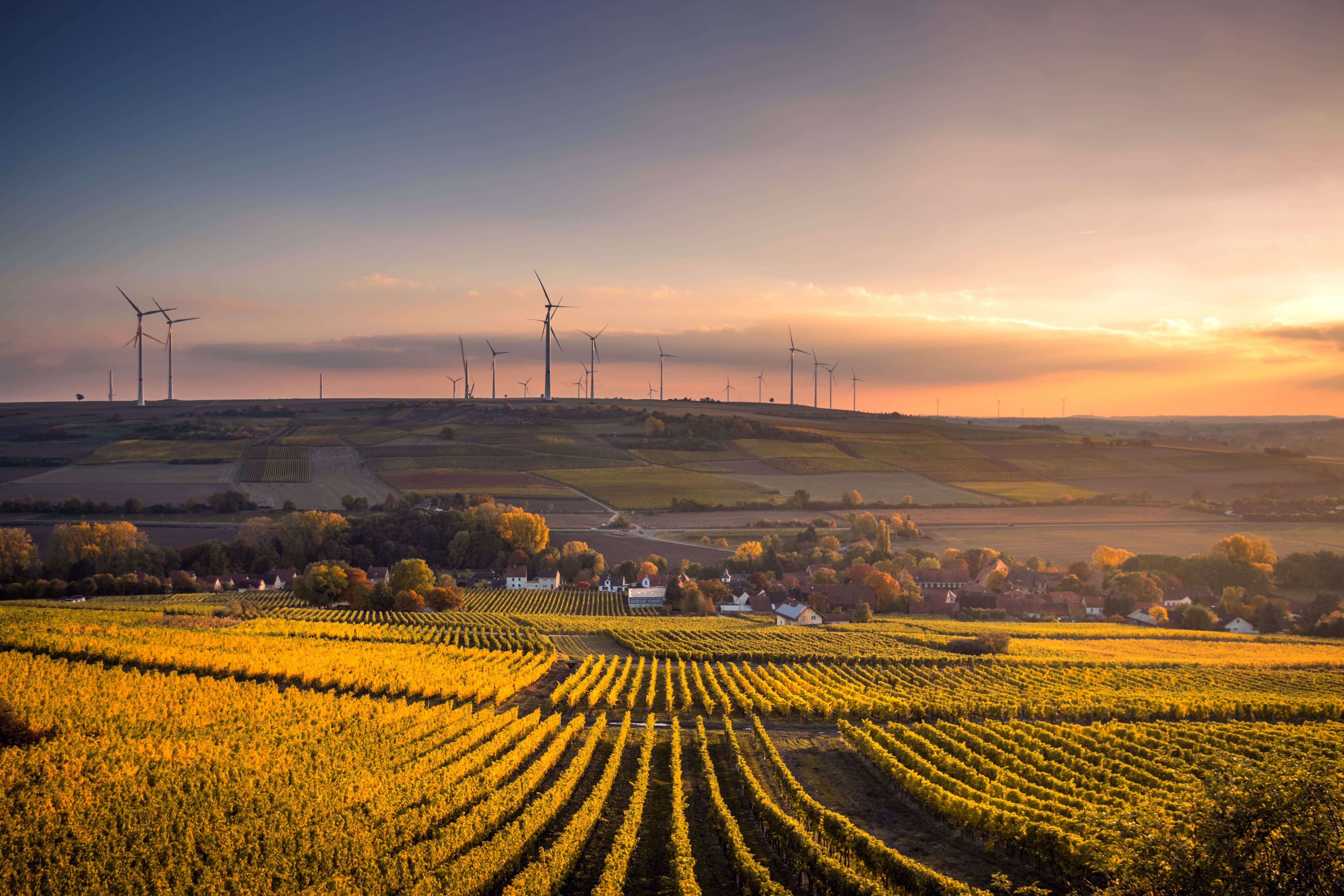Climate change is one of the biggest challenges of our lifetime, and it is becoming increasingly clear that we need to take immediate and decisive action to reduce our carbon emissions. With the agriculture sector being the third largest polluter, efforts are being made to turn that around – and Carbon Farming is the solution. Carbon Farming is a new and innovative approach to agriculture that aims to store carbon in the soil, thus reducing the amount of CO2 in the atmosphere.
Companies such as HeavyFinance are investing in sustainable agricultural practices that will create Carbon Credits. This article will explain what Carbon Credits are and their benefits for farmers and investors. HeavyFinance’s Green Loan program is an example of how Carbon Credits can be incorporated into a business plan that promotes economic growth and social responsibility.
What are Carbon Credits
The concepts of Carbon Farming and Carbon Credits are directly related as Carbon Farming is a practice that generates Carbon Credits, as means of monetizing the use of sustainable farming practices.
The basic idea behind Carbon Credits is that companies that emit more carbon than their allotted limit can purchase credits from entities whose emissions are below their limit. This creates a financial incentive for companies to reduce their carbon emissions and invest in clean energy.
Carbon Credits are created through projects that remove or reduce carbon emissions. These projects can include renewable energy projects, reforestation, and sustainable land management practices. Each project is independently verified to ensure that the carbon credits generated are real, measurable, and permanent. Once the project is verified, carbon credits are issued and can be traded on the carbon market.
There are two main types of carbon credits: Certified Emission Reductions (CERs) and Verified Carbon Units (VCUs). CERs are issued under the United Nations Framework Convention on Climate Change’s (UNFCCC) Clean Development Mechanism (CDM) and are used to offset carbon emissions in developed countries under compliance. VCUs, on the other hand, are issued under the voluntary carbon market and designed for all other companies that wish to voluntarily offset their carbon emissions. For example, HeavyFinance works with VCUs within the voluntary market.
Benefits of Carbon Farming
Carbon Credits provide a financial incentive for companies and countries to reduce their carbon emissions, but they also offer benefits for farmers and investors.
Farmers who participate in Carbon Farming projects, such as agroforestry, conservation agriculture, and regenerative agriculture, can improve their yields and soil health. These practices also increase the amount of carbon that can be stored in the soil. Additionally, these practices can reduce the need for synthetic fertilisers and pesticides. As a result, farmers can increase their profits while also being more resilient to the effects of climate change.
For investors, Carbon Credits provide the opportunity to earn financial returns while supporting sustainable agriculture. By investing in Carbon Credits, investors can support farmers using sustainable land management practices, reduce their carbon footprint, and play a role in the fight against climate change. It is a win-win-win situation.
HeavyFinance’s Use of Carbon Credits
HeavyFinance has integrated Carbon Credits into its business model by offering Green Loans to farmers who use sustainable land management practices. By investing with HeavyFinance, you can support farmers, improve their resilience against climate change, and earn financial returns, all while being socially responsible.
The Green Loan program provides farmers with the financing they need to implement sustainable land management practices. Once the farmer has implemented these practices, the Carbon Credits generated by the project are sold, within the voluntary carbon credits market, to corporations like supermarket chains, banks, etc These investors can then use the Carbon Credits to offset their carbon emissions.
HeavyFinance is committed to transparency and accountability in achieving its goal of removing one gigaton of CO2 from the atmosphere by 2050. The company has built partnerships with farmers, rural communities, and other stakeholders to achieve its mission and uses third party independent verification to ensure that the carbon credits generated are real, measurable, and permanent.
New Opportunities in Carbon Farming
Overall, Carbon Credits are a powerful tool for fighting climate change by providing a financial incentive for companies to reduce their carbon emissions. And the means of acquiring those valuable credits is through Carbon Farming practices.
HeavyFinance has integrated Carbon Credits into its business model by offering Green Loans to farmers who use sustainable land management practices. By adapting to these practices, farmers can improve their yields, soil health, and resilience against the effects of climate change.
For investors, Carbon Credits provide the opportunity to earn financial returns while supporting sustainable agriculture. By investing in HeavyFinance’s Green Loan program, investors can support farmers who are using sustainable land management practices and reduce their carbon footprint.
If you are interested in learning more about HeavyFinance’s Green Loan program or investing in sustainable agriculture, please do not hesitate to contact us.

